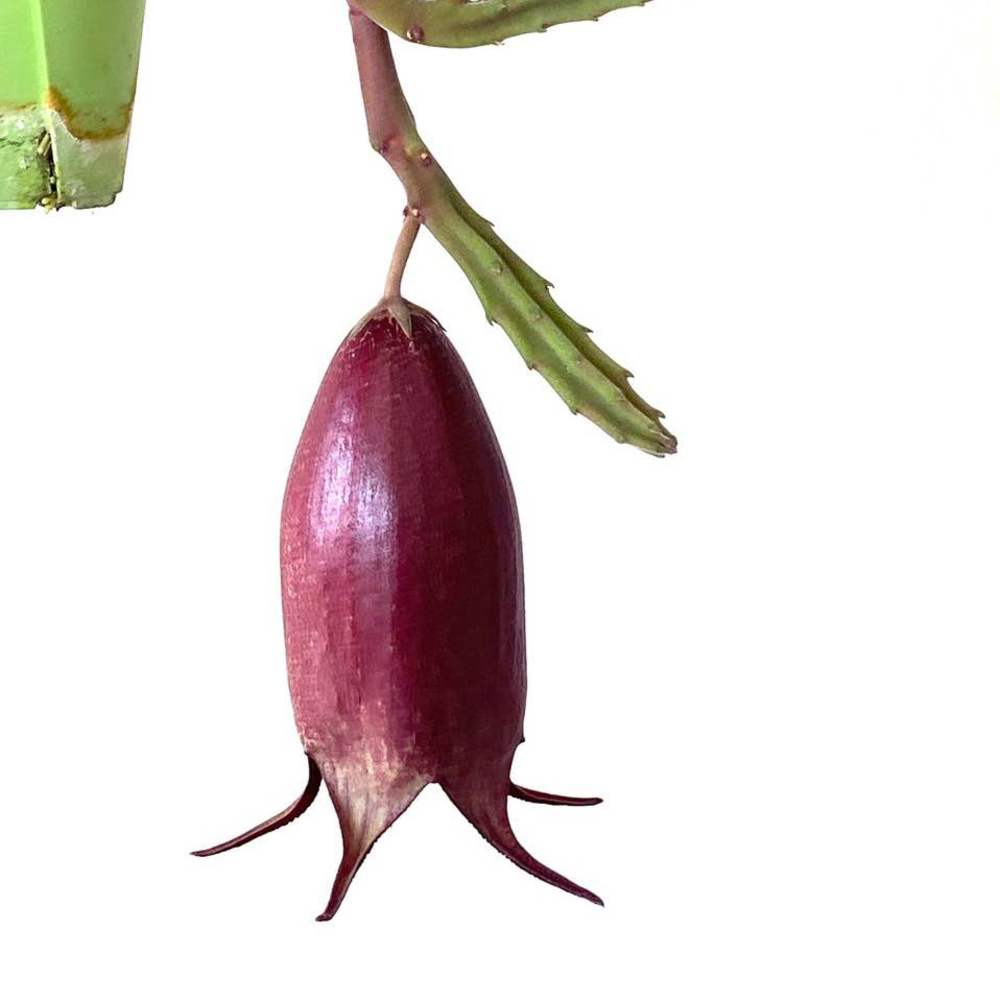Plant Experience
Detail
Stapelia leendertziae is a succulent plant with long, erect, angular stems and dull green to reddish in color. It is most conspicuous when in flower owing to the unique large, bell-shaped, deep reddish to dark purple flowers that are up to 5 inches (12.5 cm) long.
How to Grow and Care
Several species are fairly easy to grow. Others, often those with slightly hairy stems and the more unusual flowers, are more challenging and require careful watering (with some fertilizer) during the growing season and complete withdrawal of water during the winter months. A minimum winter temperature of 10°C (50°F) is acceptable, providing that plants are kept absolutely dry. A heated growing bench or incubator may help delicate plants to get through the colder months. However, many species live under shrubs in habitat and prefer light shade rather than full sun.
A gritty compost is essential, and clay pots are advisable for the more delicate species. Some growers prefer a mineral-only compost to minimize the chance of fungal attack on the roots. A layer of grit on the surface of the compost prevents moisture from accumulating around the base of the stems.
Keeping Stapelias and their roots free of pests such as mealy bugs is the real key to success as fungal attack often occurs as a result of damage to stems by insects.
How to Grow and Care
Several species are fairly easy to grow. Others, often those with slightly hairy stems and the more unusual flowers, are more challenging and require careful watering (with some fertilizer) during the growing season and complete withdrawal of water during the winter months. A minimum winter temperature of 10°C (50°F) is acceptable, providing that plants are kept absolutely dry. A heated growing bench or incubator may help delicate plants to get through the colder months. However, many species live under shrubs in habitat and prefer light shade rather than full sun.
A gritty compost is essential, and clay pots are advisable for the more delicate species. Some growers prefer a mineral-only compost to minimize the chance of fungal attack on the roots. A layer of grit on the surface of the compost prevents moisture from accumulating around the base of the stems.
Keeping Stapelias and their roots free of pests such as mealy bugs is the real key to success as fungal attack often occurs as a result of damage to stems by insects.
Album (9)

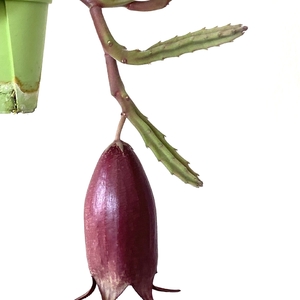
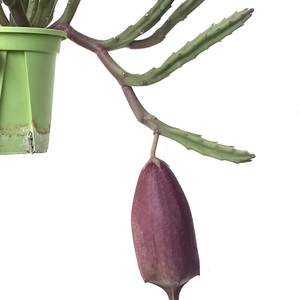

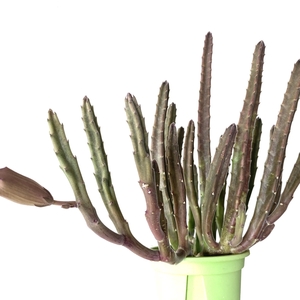
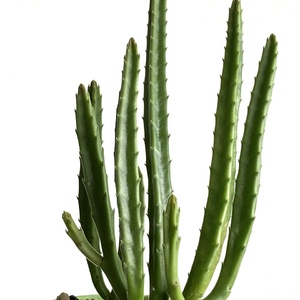
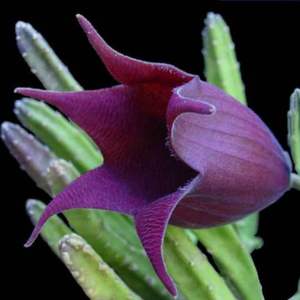
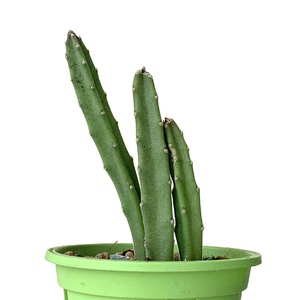
kensong
2020-07-15

Another bloom


kensong
2020-05-05

Finally opened and it stinks!


kensong
2020-05-02

Looking really heavy but not blooming yet.


kensong
2020-05-01

Still no bloom but the bud is much bigger.


kensong
2020-04-26

A bloom is coming.


kensong
2019-11-19

This has grown by leaps and bounds.


kensong
2019-03-31

That's how the flowers look like.


kensong
2019-03-31

This is my first growing diary. From Woan Sein.
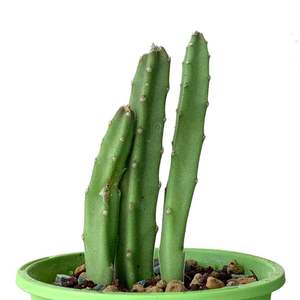



Elite Article


